
Problems With Male Peacocks Being Housed Together. Many people refer to both male and female peafowl as "peacocks," but this classification is incorrect. Female peafowl are called peahens; only males are peacocks. Peahens do not have colorful tail feathers. Their mating habits differ significantly from their male counterparts. Peacocks typically have "harems" and mate with multiple peahen. Because peacocks need space, overcrowding causes several different problems.
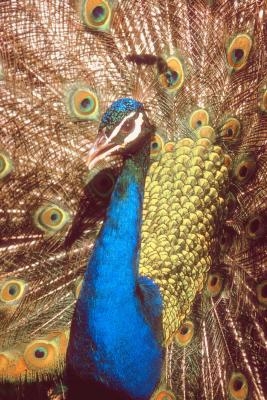
Peacocks like to mate with multiple peahens, but they don't like to see their fellow peacocks do the same activity. When a peacock sees competition for its "girl," the two males will fight. Sometimes a peacock will knock a fellow peacock off the peahen with which it is mating. Separating the peacocks helps deter mating problems.
Like many animals, peacocks have a pecking order. Pecking order is the hierarchy that the group of birds sets for itself. If a bird wants to rise up in the pecking order, it must prove that it is stronger than the flock leader; this aggression often results in a fight. When peacocks fight, they can hurt each other. Keeping the peacocks separated helps control pecking order issues.
Peacocks make a lot of noise. They have 11 different calls. Most people find every, single one of these calls unpleasant. Peacocks make the most noise early in the morning and late evening--which makes it even more of a problem. Because they use their calls to mate, breeding season is particularly unbearable. Some zoos and parks in England have been forced to "cull" or kill peacocks for making too much noise. Keeping fewer peacocks in one area reduces the noise.
Typically, a peacock approaches multiple peahens and the peahens allow the peacock to mate with them. Sometimes, after laying eggs, the peahen practices serial polyandry, which means it becomes the aggressor by leaving the nest to mate with other peacocks. In that case, the father peacock is left to watch over the eggs; the father will kill the babies after they hatch. While sequential polyandry--and the infanticide that follows it--is rare, it does happen.
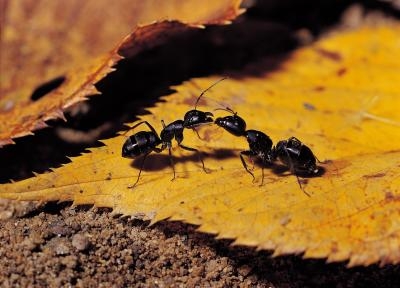 How to Attract Queen Ants
How to Attract Queen Ants
How to Attra
How to Attract Queen Ants
How to Attract Queen Ants
How to Attra
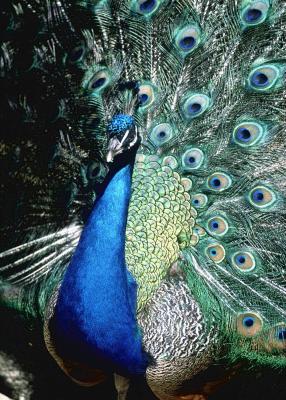 How to Build Peacock Enclosures
How to Build Peacock Enclosures
How to
How to Build Peacock Enclosures
How to Build Peacock Enclosures
How to
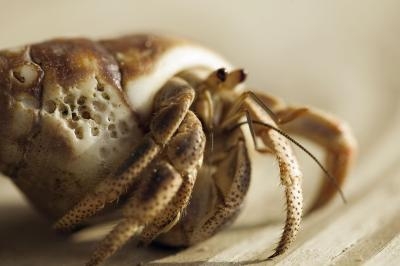 How to Make a Playground for Hermit Crabs
How to Make a Playground for Hermit Crabs
How to Make a Playground for Hermit Crabs
How to Make a Playground for Hermit Crabs
 The Different Teeth in Alligators
The Different Teeth in Alligators
The
The Different Teeth in Alligators
The Different Teeth in Alligators
The
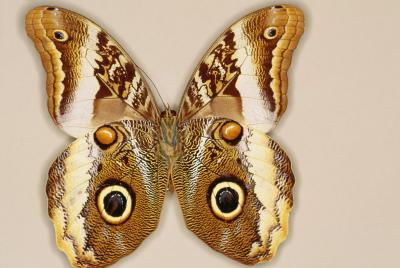 How to Identify a Large Moth
How to Identify a Large Moth
How to Id
How to Identify a Large Moth
How to Identify a Large Moth
How to Id
Copyright © 2005-2016 Pet Information All Rights Reserved
Contact us: www162date@outlook.com